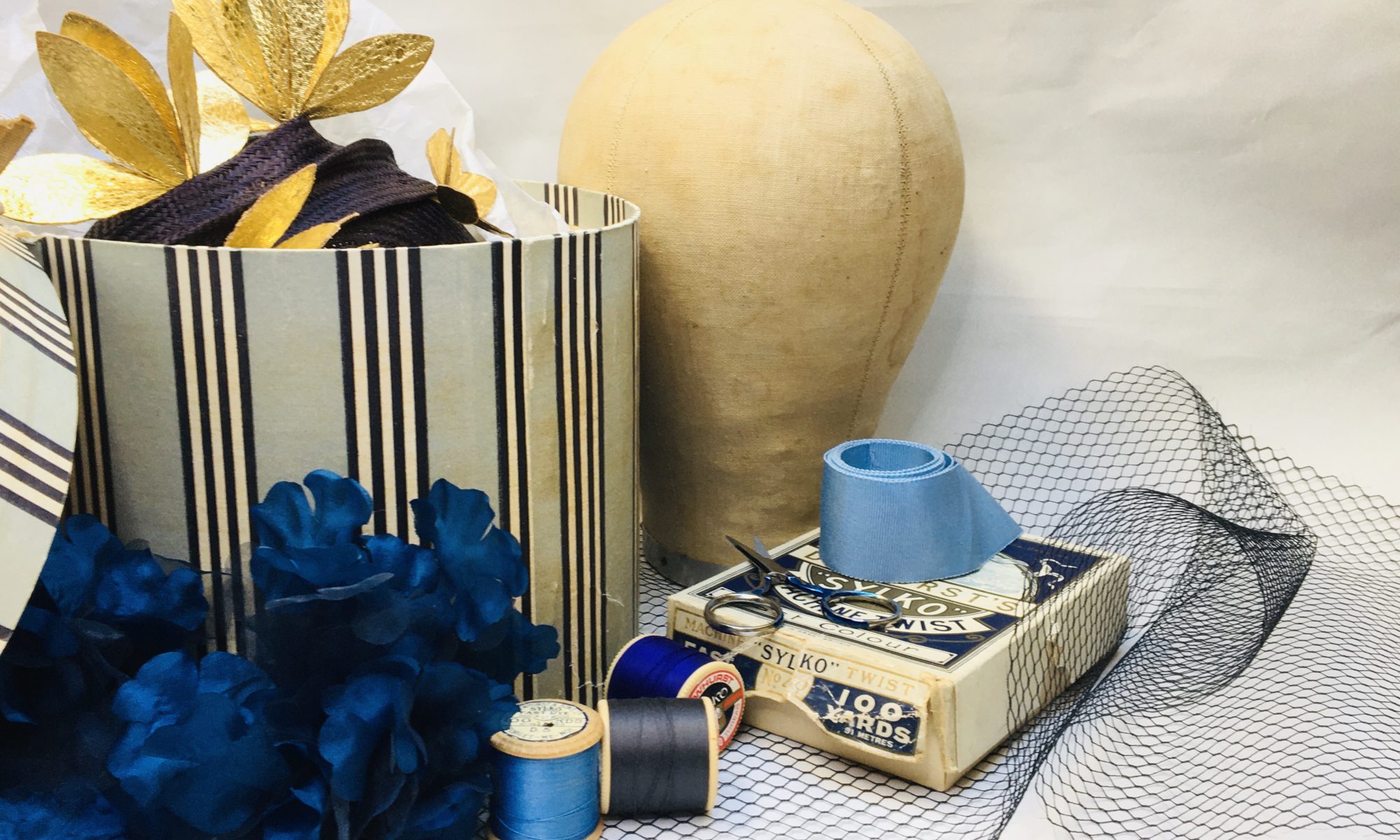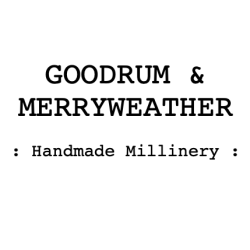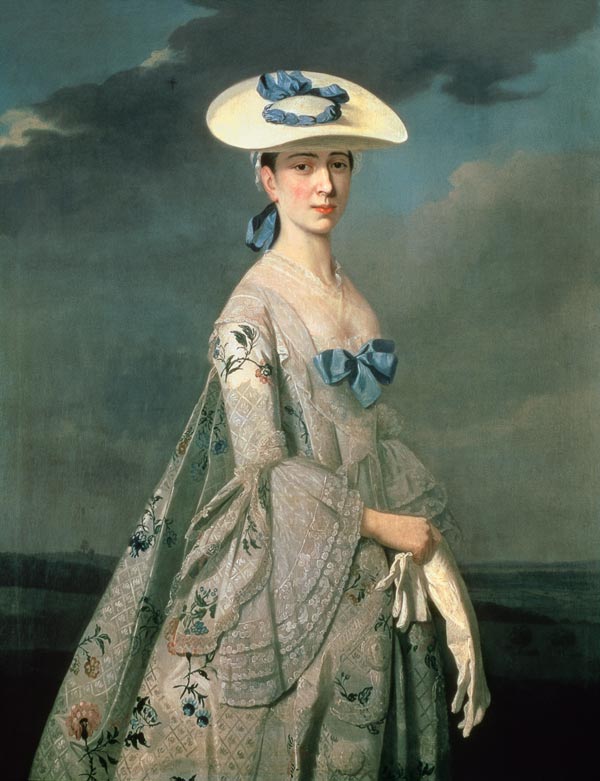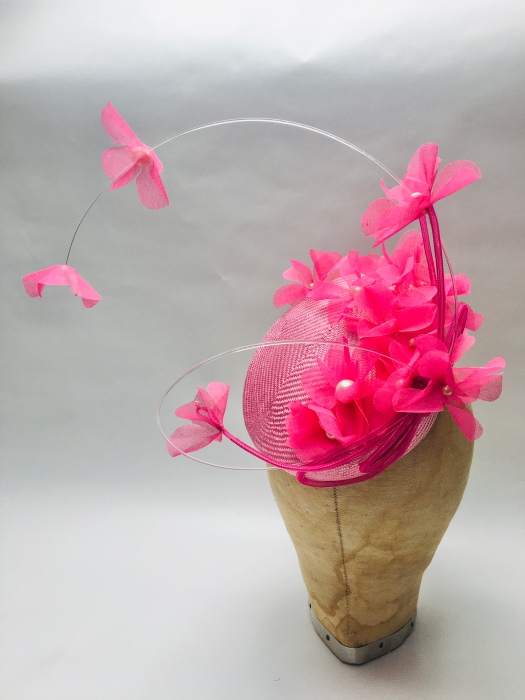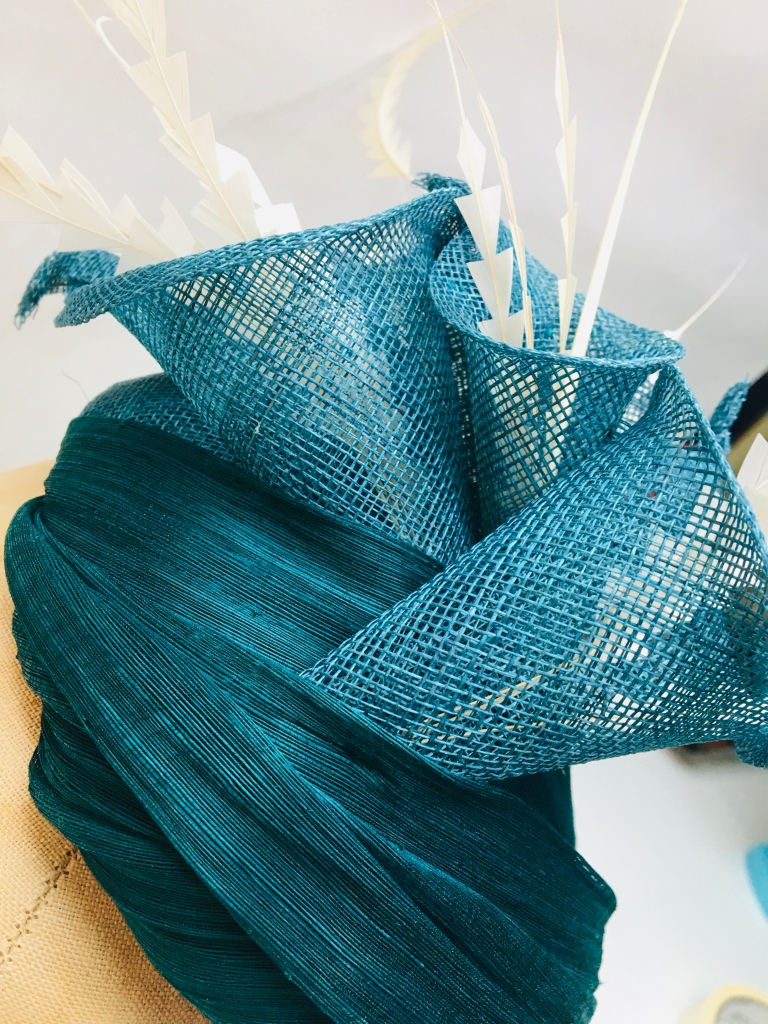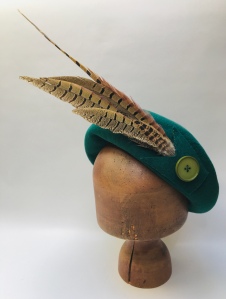To everything there is a season, so the saying goes. And that is very much the case when it comes to millinery. Millinery, and especially fancy hats for special occasions such as weddings, horse racing and garden parties takes off as the cuckoo calls in Spring. It is generally held that milliners (in the Northern hemisphere) ramp up their business and production from about Easter/April and go flat out until late Summer/beginning of September. In the UK, this period coincides neatly with what is referred to among the gentry and aspirant hangers-on as ‘The Season’, something dating from the 17th century, peaking in the 19th century, and still very much observed among the smart set today. Annual, very exclusive, events form the bones of The Season and are occasions at which to be seen and in which to participate in order to maintain one’s social, and historically, political, credentials. Events include the merry-go-round of Glyndebourne, Chelsea, Ascot, Goodwood, Henley, Wimbledon and Cowes (not a definitive list by any means). Hats for both men (in the order of boaters, top hats and panamas) and women (tending towards floral, Summery, confections) are very much part and parcel of these proceedings.
It is useful to set the seasonal scene (refer above) because it explains, to a degree, the flurry of activity that has taken place since my last journal entry back at the beginning of March ’23. Dear reader, things have hotted up. I have been busy. And some exciting projects, planned and prepared in the depths of the Wintery off-season, have finally come to fruition. In order not to confuse or bewilder, I have selected five highlights from the past five weeks. Hopefully, this will give a taste of the depth, breadth and pace of Goodrum & Merryweather activity at the moment. In sum, these ‘5 in 5’ display clear progression of, and development in, my millinery endeavours, and I am proud of these achievements. Rather than writing acres of text (we’d all be here for an age), I’ve decided to present my ‘5 in 5’ in the form of an annotated gallery. Click on.
